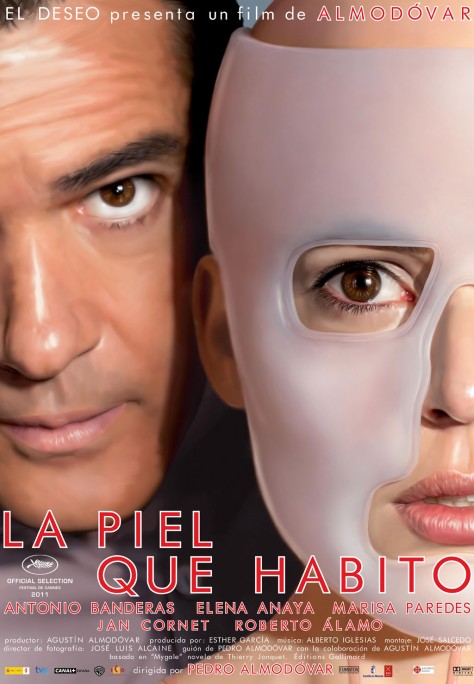How is the human body transformed by technology? Are we still the “tool using animals” we once thought we were, or have we become technological resources ourselves? Are we – or are we becoming – machines after all? Where are we heading as a species given the escalating integration of machinery into our very flesh? And what do these technological add-ons do to individual lives? Endless enhancement of, and liberation from, the body, or bottomless disfiguration and restraint thereof? How is technology embodied and how does it impact our perceptual and appetitive world?
These and similar questions will be tackled at the Philm Club’s next three screenings Bodies and Technologies.
CRASH (1996)
Directed by David Cronenberg
English, 100 min.
A surreal meditation on sex, death and the eroticism of destruction, “Crash” focuses on an underground cult of car-crash fetishists. Transformed by scrapes with death, they sexualize each other’s scars and limb injuries, re-enact famous celebrity collisions and then have it off inside or next to the smashed-up mechanical corpses. Not surprisingly, “Crash” raised a huge stink the Cannes Film Festival, where it repulsed a big chunk of its audience but won a special jury prize for “originality, daring and audacity.”
EDWARD GUTHMANN, San Francisco Chronicle
Screening: February 8, 6 P.M.
LA PIEL QUE HABITO (2011, The Skin I Live In)
Directed by Pedro Almodóvar
Spanish with English subtitles, 120 min.
Bizarre, shocking, sexy and dark, this is Almodóvar at his brilliant melodramatic best as he toys with themes of obsession, revenge and playing God. Based on a novel by French writer Thierry Jonquet, the story includes many elements that are familiar to lovers of Almodóvar’s works, in his construct about a plastic surgeon intent on recreating a resilient artificial skin. In his address to a seminar as a surgeon responsible for successful face transplants, Dr Robert Ledgard (Banderas) tells his audience how it is our face that identifies us. The face that he sees on giant video screens throughout his home is that of Vera (Anaya), a beautiful young woman wearing a flesh-coloured bodysuit, who lives behind a locked door. Why is Vera his prisoner? What is the nature of their relationship? Why does her face resemble that of his dead wife? And what secrets does his housekeeper Marilia (Paredes), who claims to have insanity in her entrails, keep hidden?
Urban Cinefile
Screening: February 15, 6 P.M.
ROPÁCI (1988, Jan Sverák, 20 min.)
SPIKLENCI SLASTI (1996, Conspirators of Pleasure)
Directed by Jan Svankmajer
Czech with English subtitles, 85 min.
Conspirators of Pleasure has no dialogue, but each of its characters has his or her own unique form of private sexual self-expression, usually involving homemade autoerotic gizmos. A shopkeeper enjoys being caressed by robot arms while watching his favorite TV news anchorwoman. She likes having her toes sucked by fish. Her husband mortifies his flesh with devices that rotate feathers, bristles, and nails. A woman tortures an effigy of her neighbor; he does the same to her effigy while he’s dressed as a chicken. All are served by a postal delivery woman who rolls chunks of bread into dense pills and stuffs them into her nose and ears. These six cross paths without realizing that each is a member of this furtive fraternity of fetishists.
Czech director Jan Svankmajer, best known for his stop-motion animated shorts, takes his view of the human body as an arbitrary and malleable social construct (Kafka by way of David Cronenberg) into Buñuel territory. His cheerful, inventive satire on bourgeois sexual morality (if everyone is a deviant, then no one is, and no one need be ashamed) looks at all the creativity and hard work that goes into self-gratification and dares to call it art.
filmvault.com
Screening: February 22, 6 P.M.
All screenings will be in Zrinyi 14, room 412.


